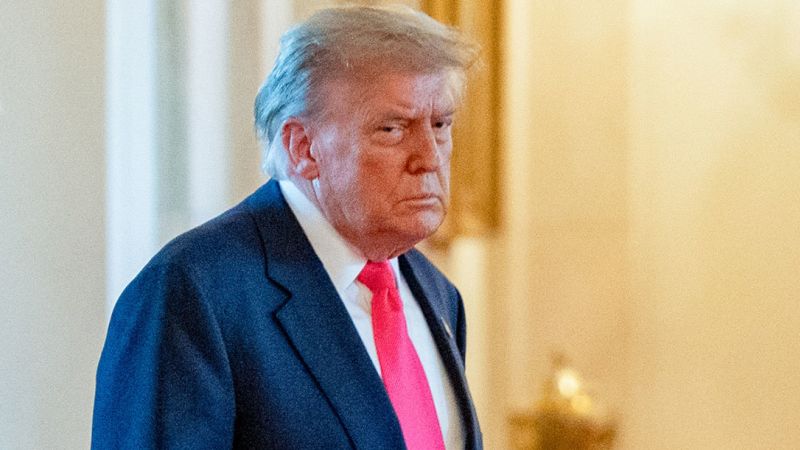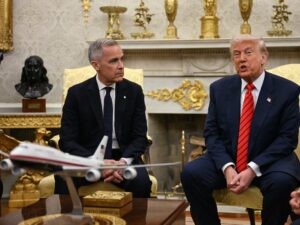
WASHINGTON, D.C. – President Trump escalates his conflict with major media outlets, targeting CNN and The New York Times with legal threats over their Iran airstrike reports.
Breaking: Legal Letters Sent to Major News Outlets
President Trump has intensified his confrontation with the media by having his attorney send legal letters to CNN and The New York Times, demanding retractions of their recent reports on U.S. airstrikes in Iran. The correspondence accuses the outlets of publishing false and defamatory information.
On Thursday evening, a CNN spokesperson confirmed that the network had responded by rejecting the claims made in the letter. Similarly, The Times publicized its response, stating, “No retraction is needed. No apology will be forthcoming. We told the truth to the best of our ability. We will continue to do so.”
Immediate Impact
The legal threats mark another chapter in Trump’s contentious relationship with the press. His history of litigation in business and frequent threats of lawsuits against media outlets have been a hallmark of his public life. Over the past year, Trump has increased his legal actions against major networks, including CBS, drawing criticism from First Amendment advocates.
Key Details Emerge
This week’s legal letter from Alejandro Brito, one of Trump’s personal attorneys, specifically targets reports from June 24 by CNN and The Times. These reports described an early U.S. intelligence assessment of the strikes, which contradicted Trump’s assertion that Iran’s nuclear sites were “completely and totally obliterated.”
Administration officials acknowledged the existence of the intelligence assessment but described it as low confidence and suggested it was leaked to undermine the president.
Several officials have vowed to investigate the leaks, with Trump stating that any leakers “should be prosecuted.”
Industry Response
Trump has responded by attacking CNN and The Times in personal terms. On Wednesday, he called for the dismissal of one of the CNN reporters involved in the initial story. CNN defended its journalist, stating, “We stand 100% behind Natasha Bertrand’s journalism and specifically her and her colleagues’ reporting.”
The Times’ lead newsroom lawyer, David E. McCraw, echoed similar sentiments in his response to Brito. “The American public has a right to know whether the attack on Iran — funded by taxpayer dollars and of enormous consequence to every citizen — was a success,” McCraw wrote.
“It would be irresponsible for a news organization to suppress that information and deny the public the right to hear it,” McCraw added.
Background Context
Trump’s history of threatening litigation against media outlets is well-documented. His approach has often been criticized as an attempt to intimidate newsrooms and stifle free press. In the past, many of these threats have not resulted in actual lawsuits.
The timing of these legal threats is significant, as they come amid heightened tensions between the U.S. and Iran following the airstrikes. The media’s role in reporting on these developments is crucial for public understanding and accountability.
What Comes Next
As the situation unfolds, both CNN and The Times remain steadfast in their reporting. The legal threats have sparked a broader conversation about press freedom and the responsibilities of news organizations in a democracy.
Experts suggest that the outcome of these legal threats could have lasting implications for the relationship between the presidency and the press. The ongoing investigations into the intelligence leaks may also play a crucial role in shaping future coverage and public perception.
The debate over the accuracy and impact of media reports on national security issues continues to be a contentious topic, with both sides preparing for potential legal battles.






